- No products in the cart.
Spazgan injection 5ml ampoules 5 pcs
$3.08
Spazgan injection 5ml ampoules 5 pcs
SKU: 653278090 Categories: Analgesics, antispasmodics, Medicaments Tags: metamizole sodium pitofenone + + fenpiveriniya bromide, VOKHARD
Description
Composition
Active substance:
metamizole sodium (analgin) – 500 mg pitofenone hydrochloride – 2mg fenpiveriniya bromide – 0.02 mg
Excipients:
water – up to 1.0 ml
Description:
Transparent, colorless or pale yellow liquid.
Product form:
Solution for intravenous and intramuscular administration.
In 5.0 ml vials of brown glass.
5 vials in a plastic tray on the pallet 1, together with instructions for use in a cardboard package.
Contraindications
– increased sensitivity to Metamizole and other derivatives of pyrazolone as well as to other components of the formulation;
– inhibition of bone marrow hematopoiesis;
– stable and unstable angina;
– chronic heart failure decompensation;
– expressed human liver, or kidney;
– deficiency of glucose-6-phosphate dehydrogenase;
– tachyarrhythmia;
– acute “intermittent” porphyria;
– closure type of glaucoma;
– prostatic hyperplasia (with clinical symptoms);
– ileus and megacolon;
– collapse;
– pregnancy;
– lactation;
– infancy (up to 3 months, or less body weight 5 kg).
With care and for the supervision of a physician should use the drug to patients with impaired hepatic or renal function, the propensity to hypotension, asthma, increased individual sensitivity to non-steroidal anti-inflammatory drugs or non-narcotic analgesics, full or partial combination of asthma, recurrent nasal polyposis and paranasal sinuses and intolerance to acetylsalicylic acid and other non-steroidal anti-inflammatory drugs (including history).
Children and adolescents up to 18 years, the drug should be used only on prescription.
Indications
Pain in spasms of smooth muscles of internal organs including renal colic, hepatic colic, biliary colic, intestinal colic, biliary dyskinesia, tuberculosis.
For short-term symptomatic treatment: arthralgia, neuralgia, myalgia, sciatica.
As an auxiliary medication: pain after surgery and diagnostic procedures.
Interaction with other drugs
Spazgan simultaneous use with other non-opioid analgesics may lead to mutual reinforcement of toxic effects. Tricyclic antidepressants, contraceptives for ingestion, allopurinol violate Metamizole metabolism in the liver and increase its toxicity.
Barbiturates, phenylbutazone and other inducers of microsomal liver enzymes weaken the effect Metamizole.
Concomitant use of cyclosporine reduces the level of the latter in the blood.
Sedatives and tranquilizers enhance analgesic effect Metamizole.
While the use of H1 – histamine blockers, butyrophenones, phenothiazines, quinidine, amantadine and possibly increased M-holinoliticheskogo.
While the use of ethanol – a mutual enhancing effects.
The simultaneous use of hlorpropromazinom or other derivatives of phenothiazine can lead to severe hyperthermia.
Radiopaque medicines and colloidal blood substitutes should not be used during treatment preparations containing metamizole sodium.
Metamizole sodium, displacing connection with plasma proteins oral hypoglycemic drugs, oral anticoagulants, corticosteroids and indomethacin, may increase the severity of their action.
Methimazole and cytotoxic agents increase the risk of leukopenia.
Effect increase codeine, H2 – histamine blockers and propranolol (slow inactivation Metamizole).
Injection pharmaceutically incompatible with other drugs.
If necessary, the simultaneous use of these and other drugs should consult a physician.
Overdose
Symptoms: vomiting, lower blood pressure, drowsiness, confusion, nausea, epigastric pain, liver and kidney, convulsions.
Treatment: symptomatic therapy.
pharmachologic effect
Pharmacological group:
Non-narcotic analgesic and antispasmodic.
Pharmacological properties:
Spazgan – combined formulation, which comprises: a non-narcotic analgesic metamizole sodium (analgin) myotropic antispasmodic pitofenone hydrochloride and M-anticholinergic agent fenpiveriniya bromide.
Metamizole has analgesic, antipyretic and weak anti-inflammatory action. Pitofenone like papaverine, myotropic has a direct effect on the smooth muscles of viscera and causes its relaxation. Fenpiveriniya due bromide
M-anticholinergic action puts additional spasmolytic action on smooth muscles.
Pregnancy and breast-feeding
Use in pregnancy is contraindicated. Use of the drug in nursing mothers requires weaning.
Conditions of supply of pharmacies
On prescription.
side effects
At therapeutic doses, the drug is usually well tolerated. Sometimes allergic reactions (skin rash, itching, very rarely – anaphylactic shock, hives), angioedema. In rare cases – a burning sensation in the epigastric region, dry mouth, headache.
Dizziness, decreased blood pressure, tachycardia, cyanosis. Chronic administration – violations of hematopoiesis: thrombocytopenia, leukopenia, agranulocytosis (can be manifested by the following symptoms: unmotivated rise in temperature, chills, sore throat, difficulty swallowing, stomatitis, as well as the development of the phenomena of vaginitis or proctitis). A tendency to bronchospasm may provoke an attack.
Very rarely – malignant exudative erythema (Stevens-Johnson syndrome), toxic epidermal necrolysis (Lyell’s syndrome).
Rarely (usually chronic administration, or high doses) – renal dysfunction: oliguria, anuria, proteinuria, interstitial nephritis, urine staining in red. Very rarely – decreased sweating, paresis of accommodation, difficulty urinating.
Local reactions: Intramuscular may infiltrate at the injection site.
All side effects should be reported to your doctor.
special instructions
Do not use for the relief of acute pain in the abdomen (to determine the cause).
In the period of treatment should not take alcohol; it is not recommended to drive and engage in other potentially hazardous activities that require the speed of physical and mental reactions.
Parenteral administration is commonly used in emergency cases (renal or hepatic colics) and in those cases where the intake is impossible (or disturbed absorption from the gastrointestinal tract).
Special care is required by injecting 2 ml of the solution, and more (the risk of abrupt reduction in blood pressure). An intravenous injection should be carried out slowly, in a prone position and under the control of blood pressure, heart rate and respiratory rate.
With prolonged (more than a week) use of the drug, needed to monitor patterns of peripheral blood and functional state of the liver.
Storage conditions
In the dark place at a temperature not higher than 25 ° C, do not freeze.
Keep out of the reach of children!
Dosing and Administration
Parenterally (intravenously, intramuscularly)
Adults and adolescents over 15 years with acute severe colic administered by slow intravenous injection of 2 ml (1 ml for 1 minute); if necessary again after 6-8 hours. For slow intravenous administration is usually sufficient 2 ml of the preparation.
Intramuscularly injected 2 ml, 2 times a day; daily dose should not exceed 4 ml.
Intramuscularly or intravenously spazgan prescribed for children depending on age and body weight in the following single doses:
1. Infants 5 – 8 kg; 3 – 11 months. 5-8 kg; 3-5 months intravenous – intramuscular administration is contraindicated – 0.1 – 0,2ml
2. Children 9-15 kg; 1 – 2 years intravenous – 0.1 – 0.2 ml intramuscular – 0.2 – 0.3 ml
3. Children 16-23 kg; 3 – 4 years intravenous – 0.2 – 0.3 ml intramuscular – 0.3 – 0.4 ml
4. Children 24-30 kg; 5 – 7 years intravenous – 0.3 – 0.4 ml intramuscular – 0.4 – 0.5 ml
5. Children 31- 45 kg; 8 – 12 years intravenous – 0.4 – 0.6 ml intramuscular – 0.6 – 0.7 ml
6. Children 46-53 kg; 12 – 15 years intravenous – 0.8 – 1.0 ml intramuscular – 0.8 – 1.0 ml
If necessary, it can be assigned to the reintroduction of the drug in the same doses.
The solution is incompatible in one syringe with other drugs.
Before the introduction of injectable solution should be warm in the hand.
Duration of treatment for pain syndrome should not exceed more than 5 days and it is necessary to contact the doctor if symptoms persist or compounded.
Information
Appearance may differ from that depicted in the picture. There are contraindications. You need to read the manual or consult with a specialist
Additional information
| Weight | 0.100 kg |
|---|---|
| Manufacturer | VOKHARD |

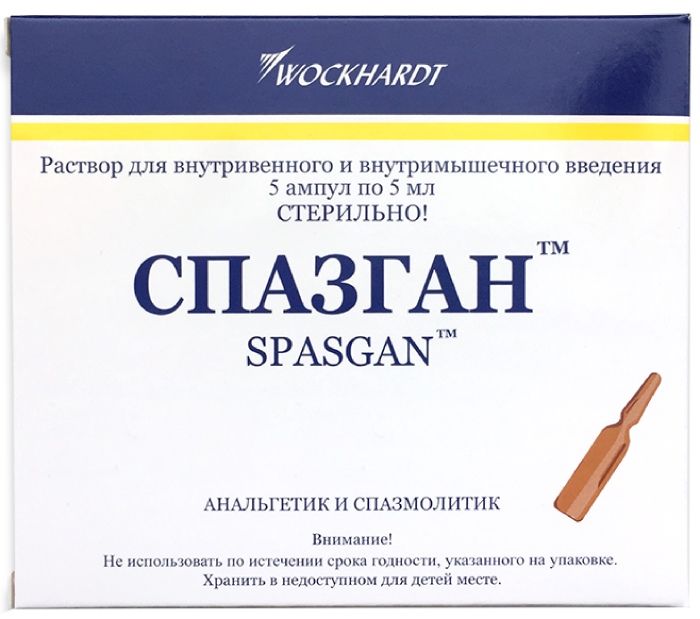
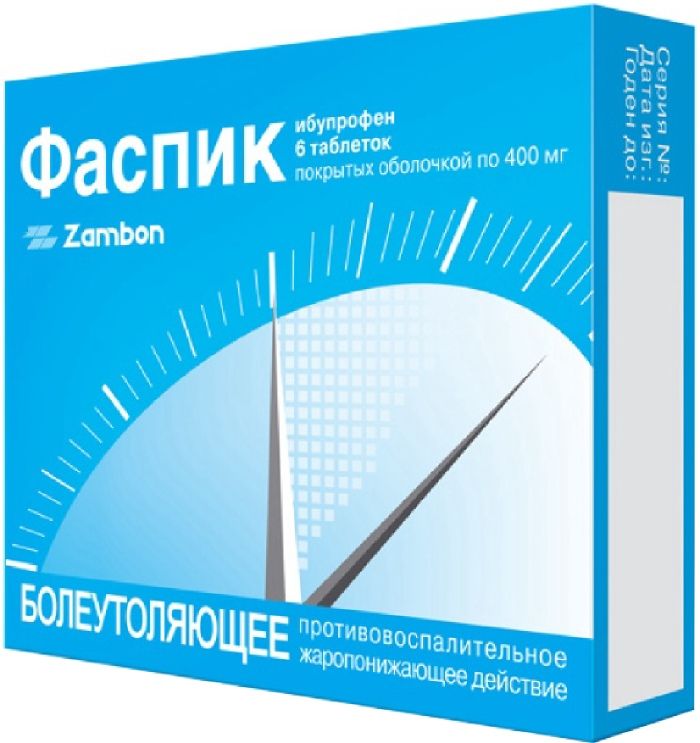
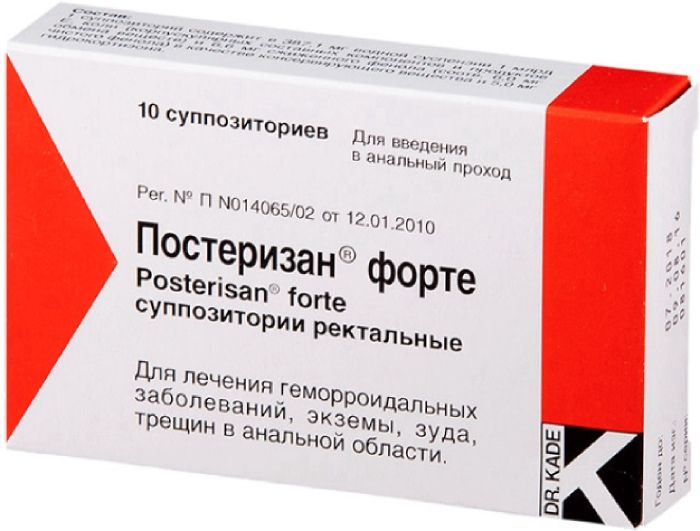
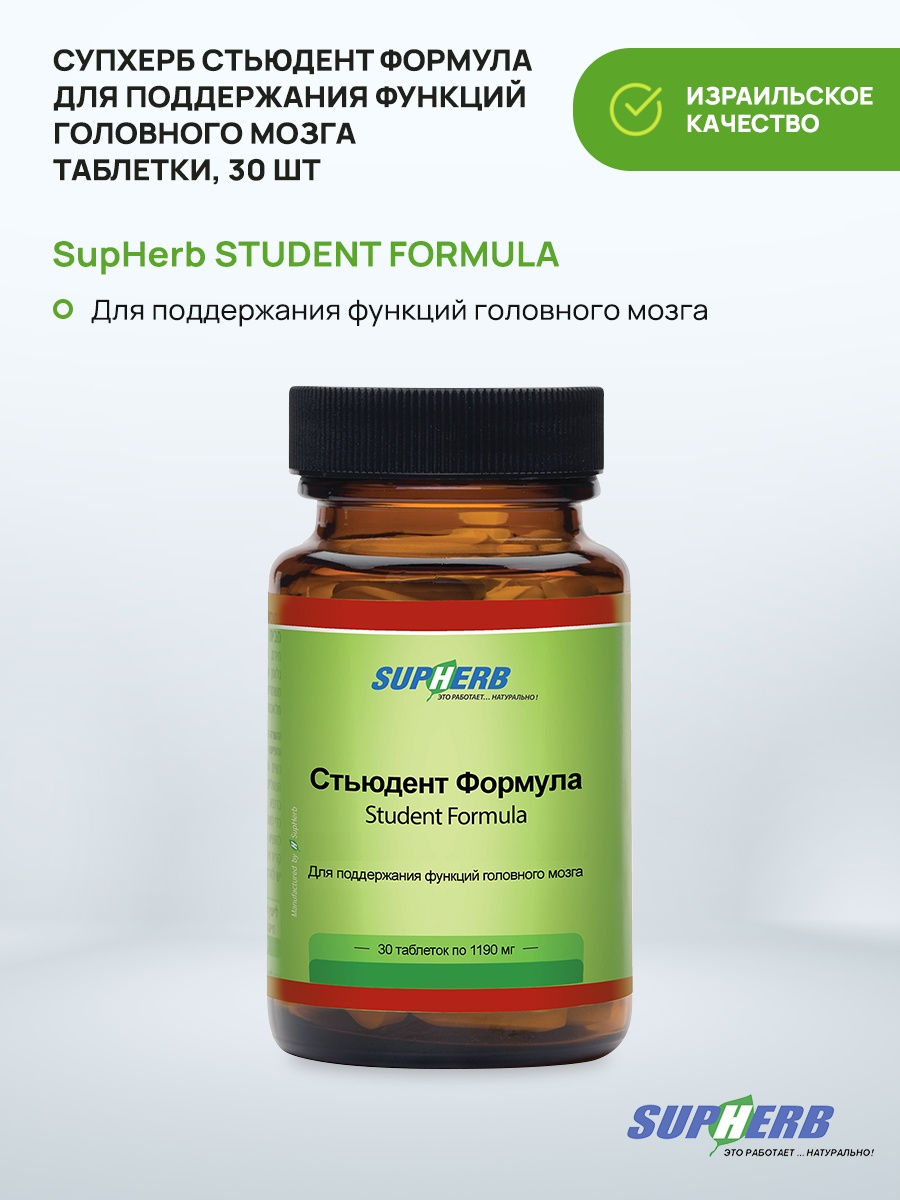
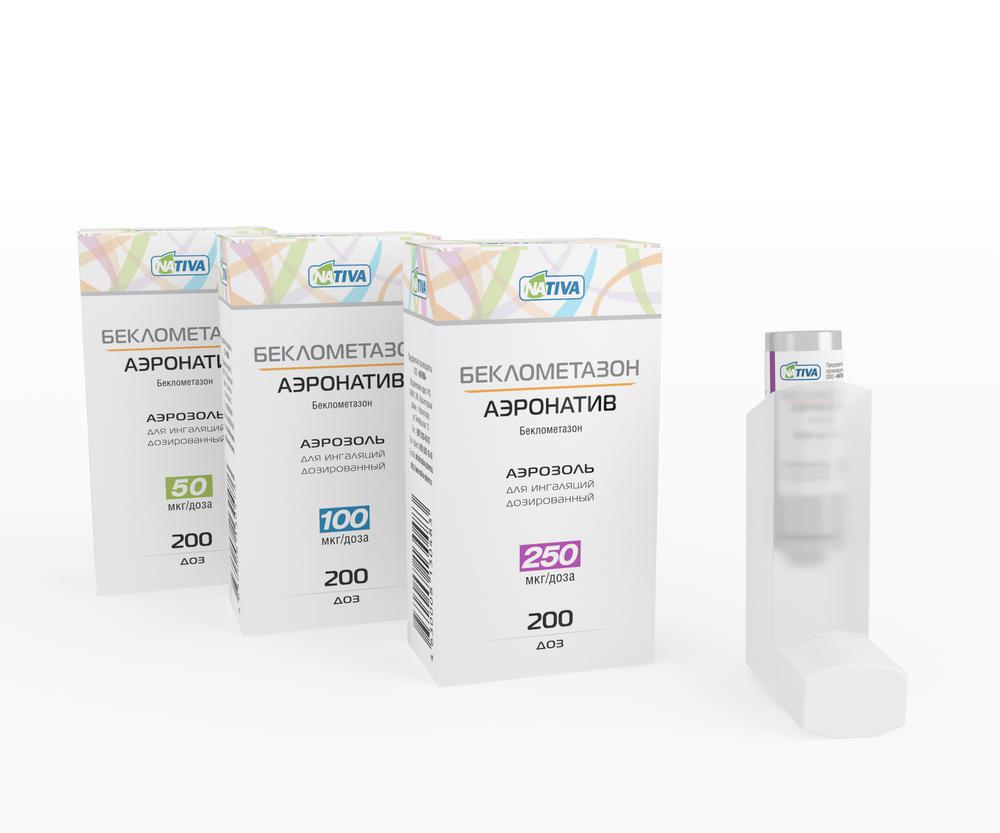
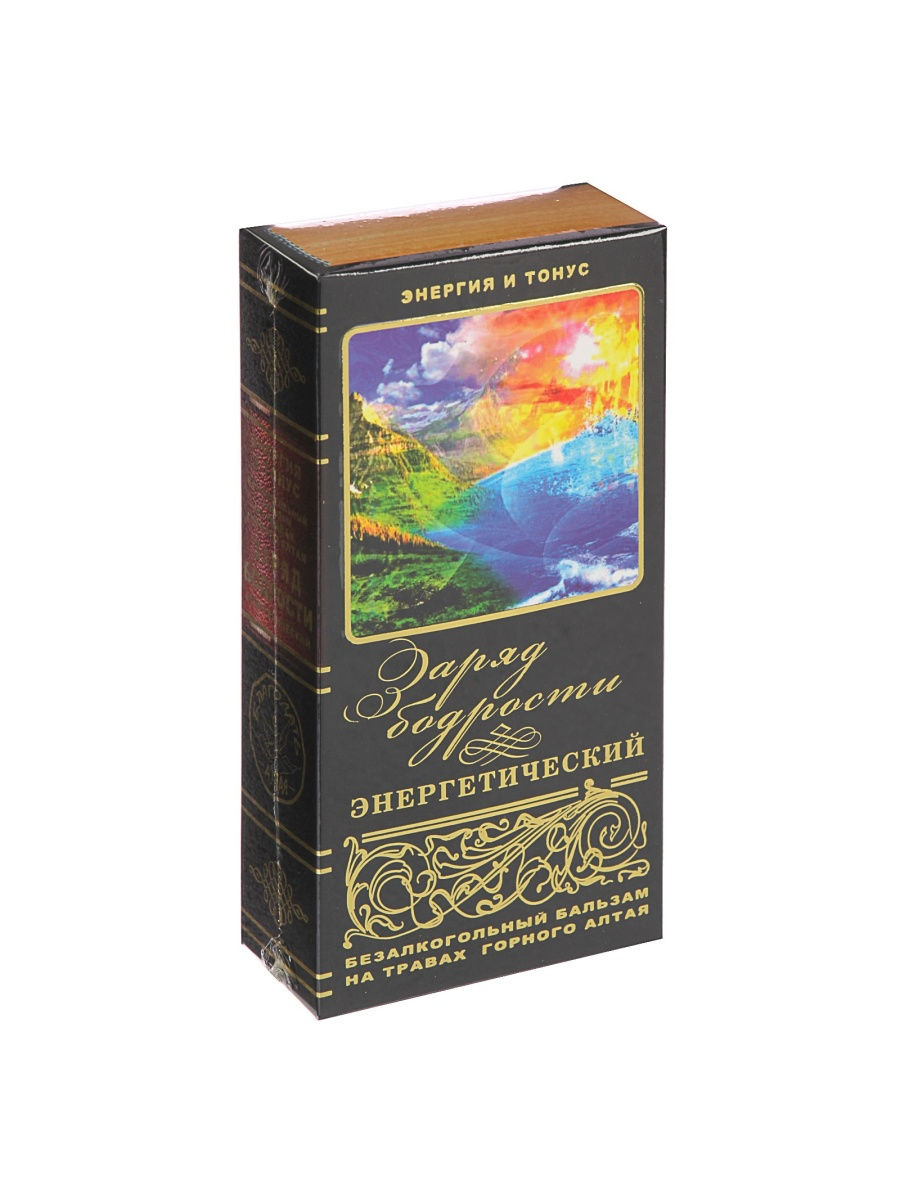
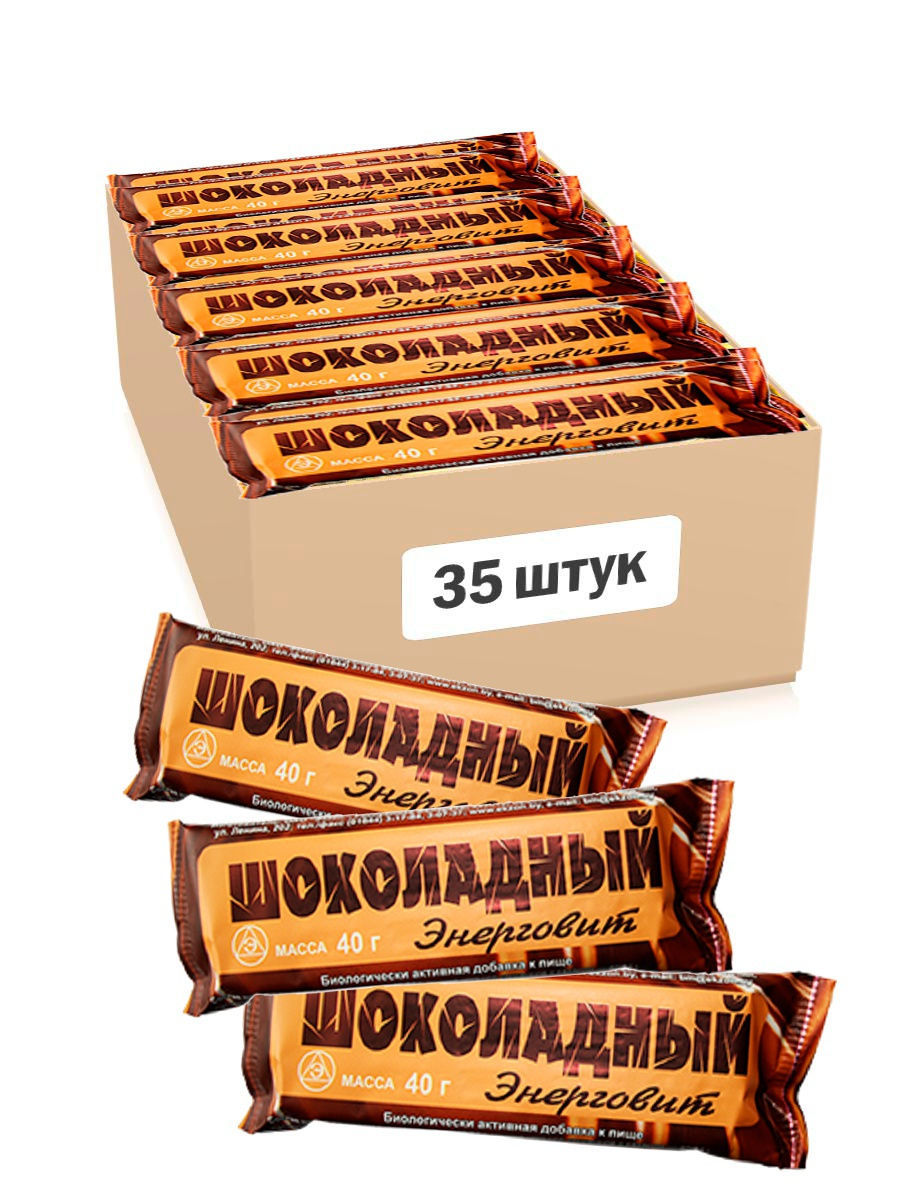
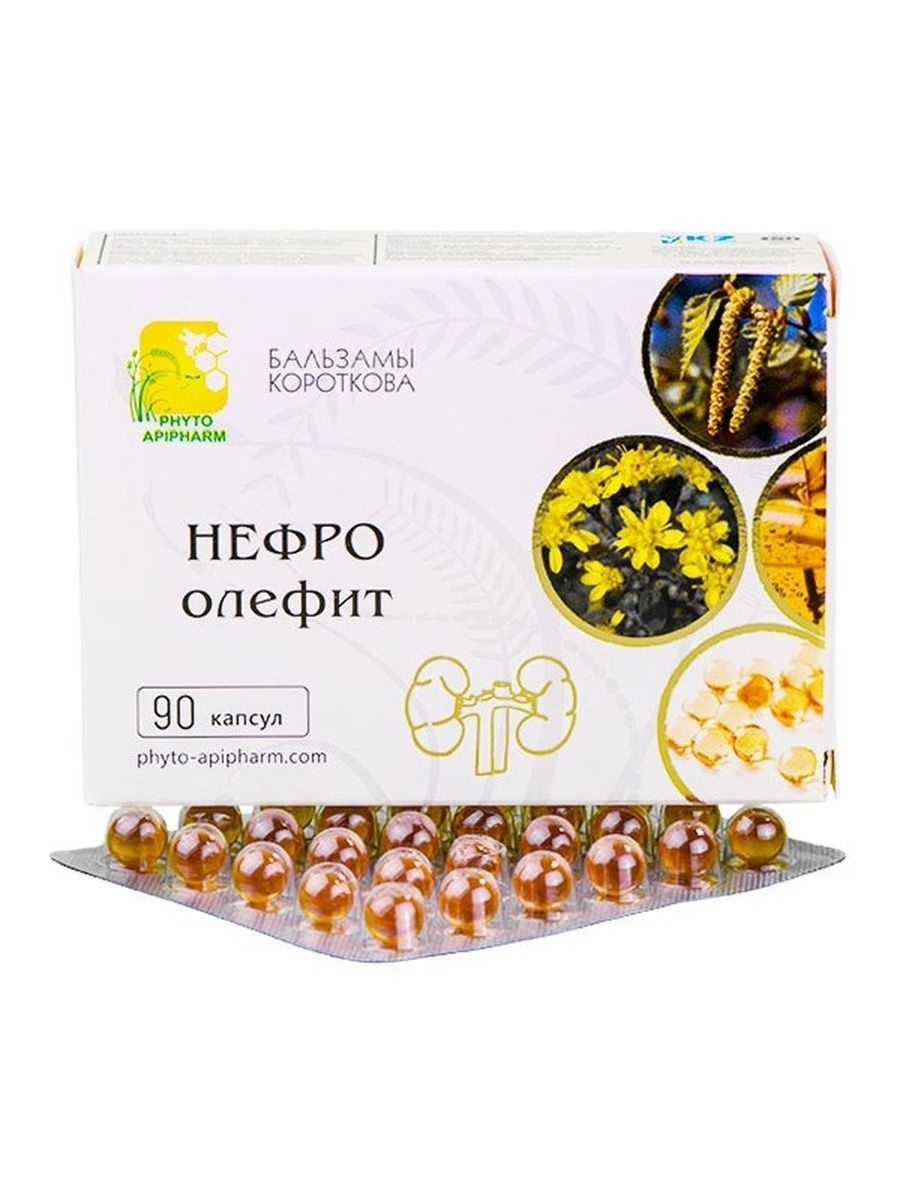
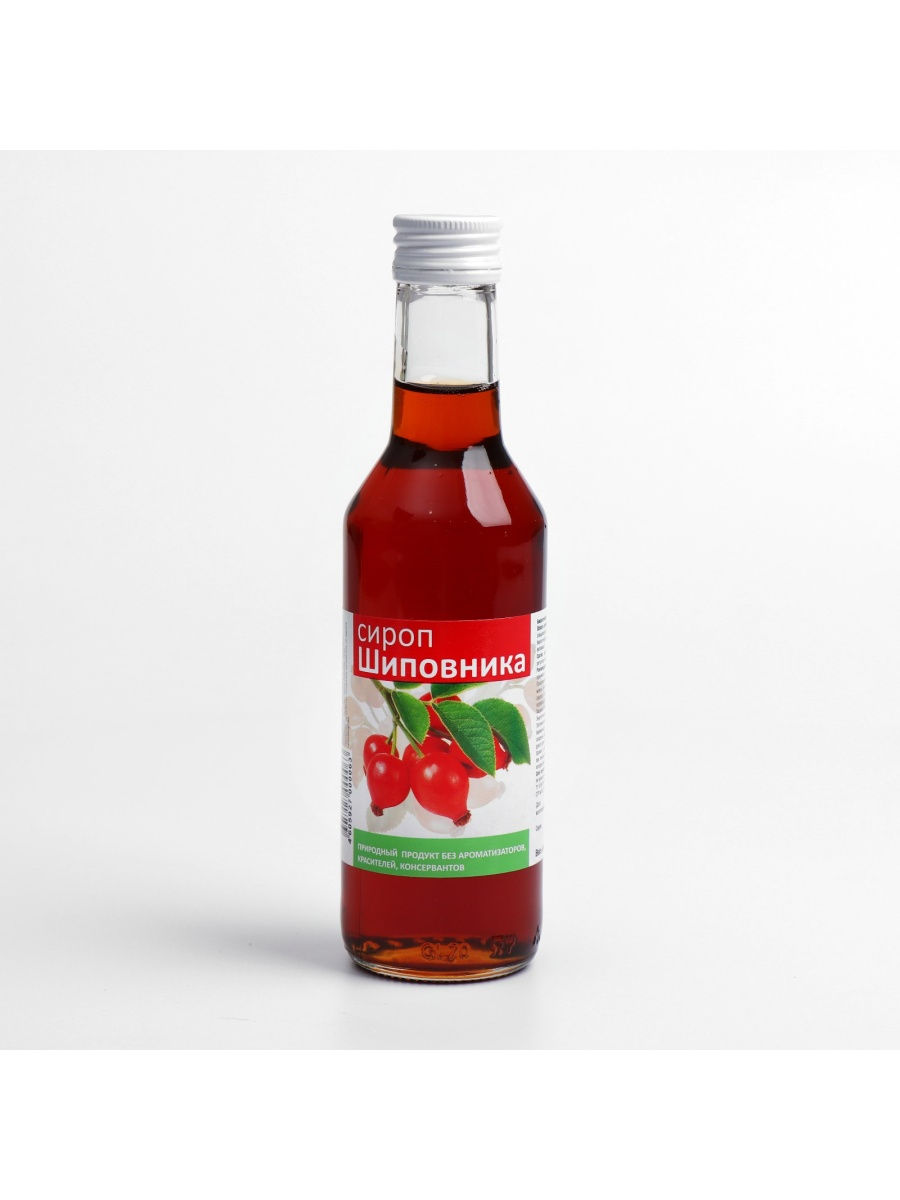




There are no reviews yet.